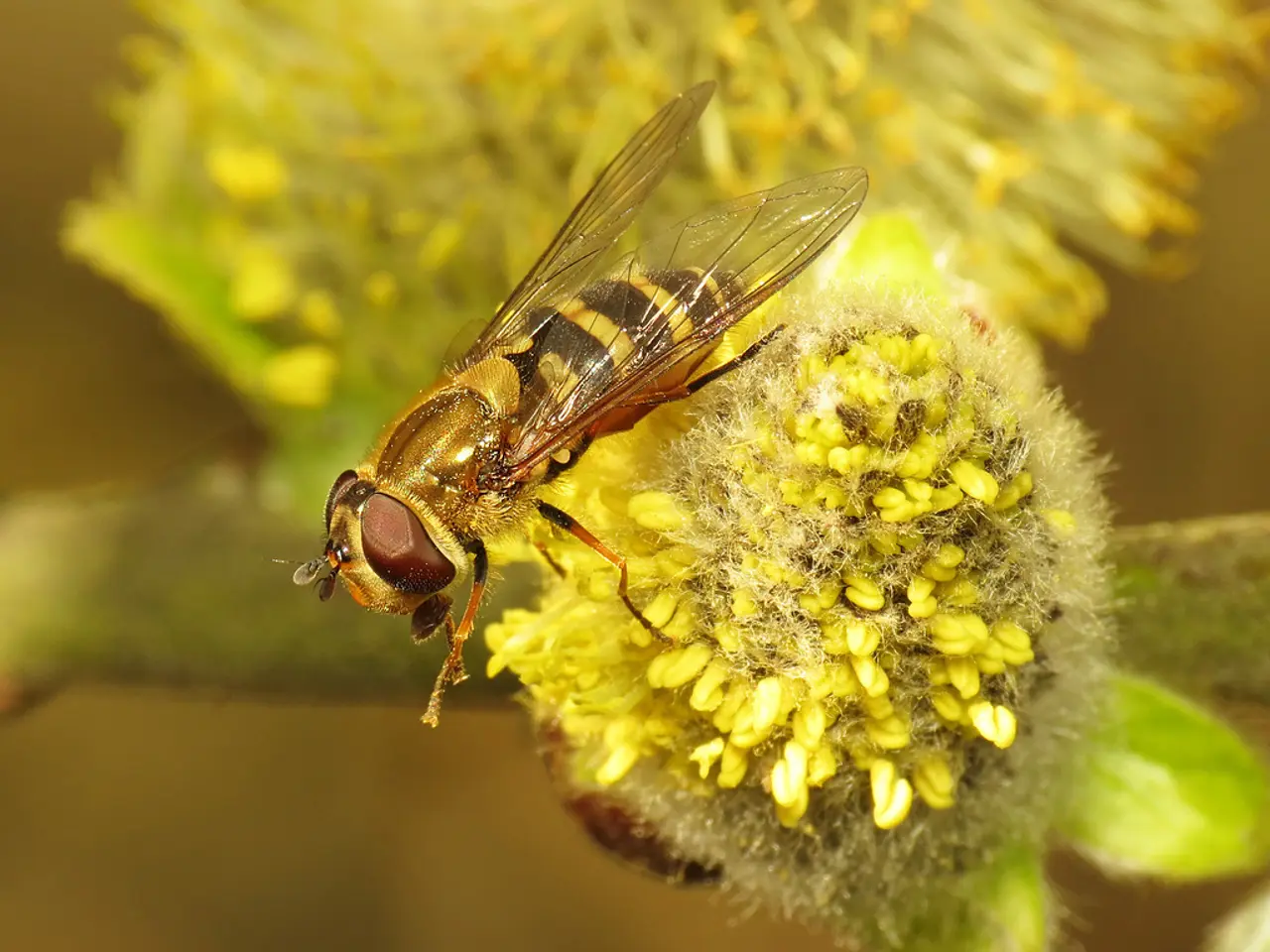The True Implications of Lab Testing on Your Jar of Manuka Honey Unveiled
In the realm of natural health products, Manuka honey has garnered significant attention for its unique properties and potential health benefits. But how can consumers be sure they're getting authentic, high-quality Manuka honey? The answer lies in rigorous lab testing and certification.
Certified UMF Grading for Authenticity and Quality
The UMF™ (Unique Manuka Factor) grading system, backed by the UMF Honey Association in New Zealand, is a key standard for certifying Manuka honey's authenticity and quality. UMF guarantees levels of three key compounds—methylglyoxal (MGO), dihydroxyacetone (DHA), and leptosperin—which are specific to Manuka honey. Authentic Manuka honey jars carry a UMF certificate and can be traced via a QR code to confirm origin and testing.
MGO: The Primary Antibacterial Agent
MGO is the primary antibacterial agent in Manuka honey, originating from the conversion of DHA found in the nectar of Manuka flowers. Lab measurement of MGO quantitatively indicates the honey's medicinal and antibacterial quality. High-grade Manuka honey labels show MGO levels such as MGO 829+ mg/kg, validating bioactivity.
DHA: A Precursor to MGO
DHA is a precursor to MGO. Its ratio to MGO (ideally 1:1) is checked to confirm natural maturation and bioactivity development in Manuka honey during storage.
Leptosperin: The Unique Biomarker
Leptosperin is a unique biomarker found only in Manuka honey, used as an authenticity marker to verify origin and distinguish Manuka honey from other varieties.
Purity and Contamination Tests
Independent labs test for the absence of glyphosate (a common herbicide), antibiotics, and GMOs, ensuring the honey is free from adulterants and safe for consumption.
Advanced Analytical Techniques
High-Performance Liquid Chromatography (HPLC) is used to quantify MGO, DHA, leptosperin, and other phenolic compounds, differentiating pure Manuka honey from adulterated ones. Isotope Ratio Mass Spectrometry (IRMS) and Near-Infrared Spectroscopy (NIR) further enhance accuracy and efficiency in honey authentication. Emerging AI/machine-learning methods are also being utilised.
Nutritional Composition
Testing may include antioxidant capacity, bioflavonoid content, and enzyme activity, which contribute to Manuka honey’s health benefits. These are preserved by controlled storage to avoid enzyme degradation.
In essence, authentic and high-quality Manuka honey is verified through certified UMF grading focusing on MGO, DHA, and leptosperin markers, alongside lab testing for purity and contaminants such as glyphosate and antibiotics. Quantitative chemical testing (HPLC, MGO levels) and advanced analytical techniques further assure authenticity and nutritional integrity.
Transparency and Traceability
Our website offers full transparency with QR code traceability and third-party testing, ensuring you know everything you need to about every jar of Manuka honey. Each jar of our Manuka honey contains a unique QR code for easy access to specific test results, harvest origin, and handling practices. Scanning the QR code provides transparency about every jar of Manuka honey, including third-party verification.
In conclusion, Manuka honey's quality and authenticity are ensured through rigorous lab testing, advanced analytical techniques, and certification systems like UMF. By choosing Manuka honey products that undergo these tests, consumers can confidently enjoy the potential health benefits of this unique honey.
- The UMF™ grading system, a key standard for certifying the authenticity and quality of Manuka honey, guarantees levels of three key compounds specific to Manuka honey: Methylglyoxal (MGO), dihydroxyacetone (DHA), and leptosperin.
- High-grade Manuka honey labels show MGO levels, such as MGO 829+ mg/kg, validating its bioactivity as a primary antibacterial agent.
- Dihydroxyacetone (DHA) is a precursor to MGO and its ratio to MGO (ideally 1:1) is checked to confirm natural maturation and bioactivity development in Manuka honey.
- Leptosperin is a unique biomarker found only in Manuka honey and used as an authenticity marker to verify its origin and distinguish it from other varieties.
- Independent labs test for the absence of glyphosate, antibiotics, and GMOs to ensure the purity and safety of Manuka honey, and HPLC is used to quantify MGO, DHA, leptosperin, and other phenolic compounds for authenticity and nutritional integrity validation.




